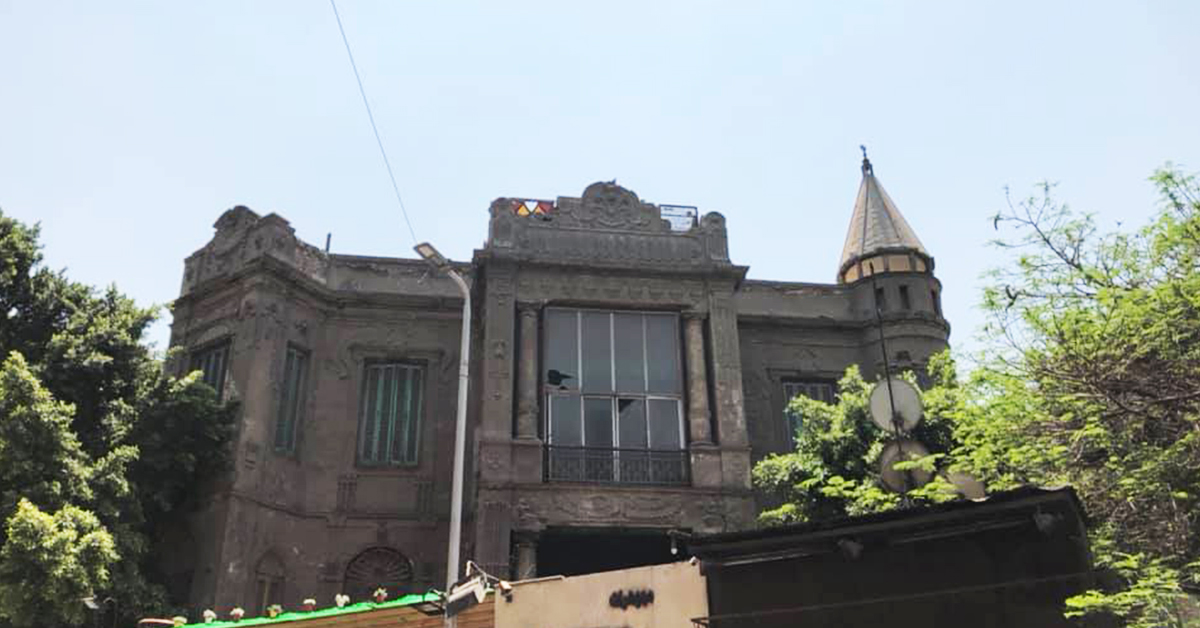“This is the house where I grew up for 31 years of my life, the house where my father grew up and got married in and the house where my grandfather grew up and built his family in,” says 31-year-old Ahmad Radwan of his historic family home located in the new Al Helmeya area of downtown Cairo, “so our entire family lineage is tied to this home.” For the past couple of months, since around February or March, Radwan has been avidly pursuing various authorities, from the National Organization for Urban Harmony to the Ministry of Tourism and Antiquities, in attempts to try to save his 100-year-old family home from ruin. Since the 1992 earthquake, the house faced some threatening damage which appeared in the form of various cracks across the walls. Over the years, the cracks have only gotten bigger and the resulting damage can be felt now more than ever through doors that can no longer be opened easily and even a slight tilt in the house. The earthquake had even caused an entire wall to collapse, which Radwan’s father had taken upon himself to restore. Although his father…
Heritage and Nostalgia: How One Man is Trying to Save his 100-Year-Old Family Home
September 4, 2020




